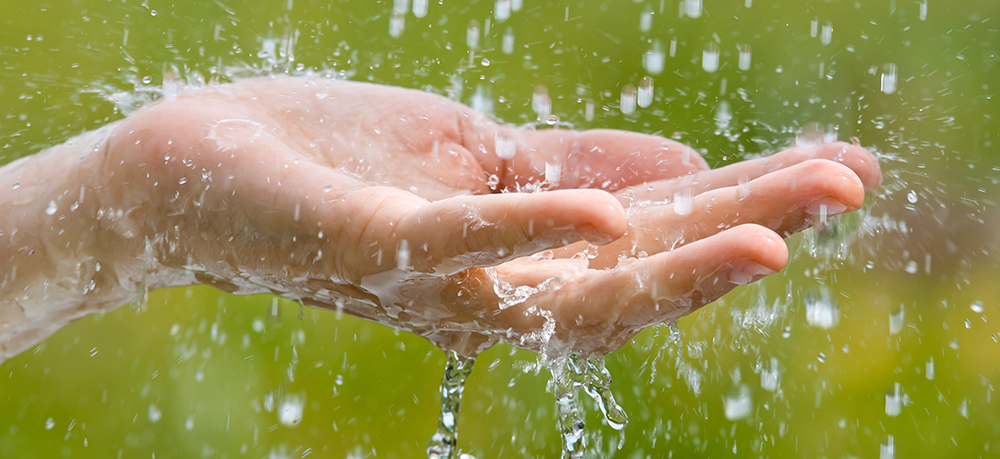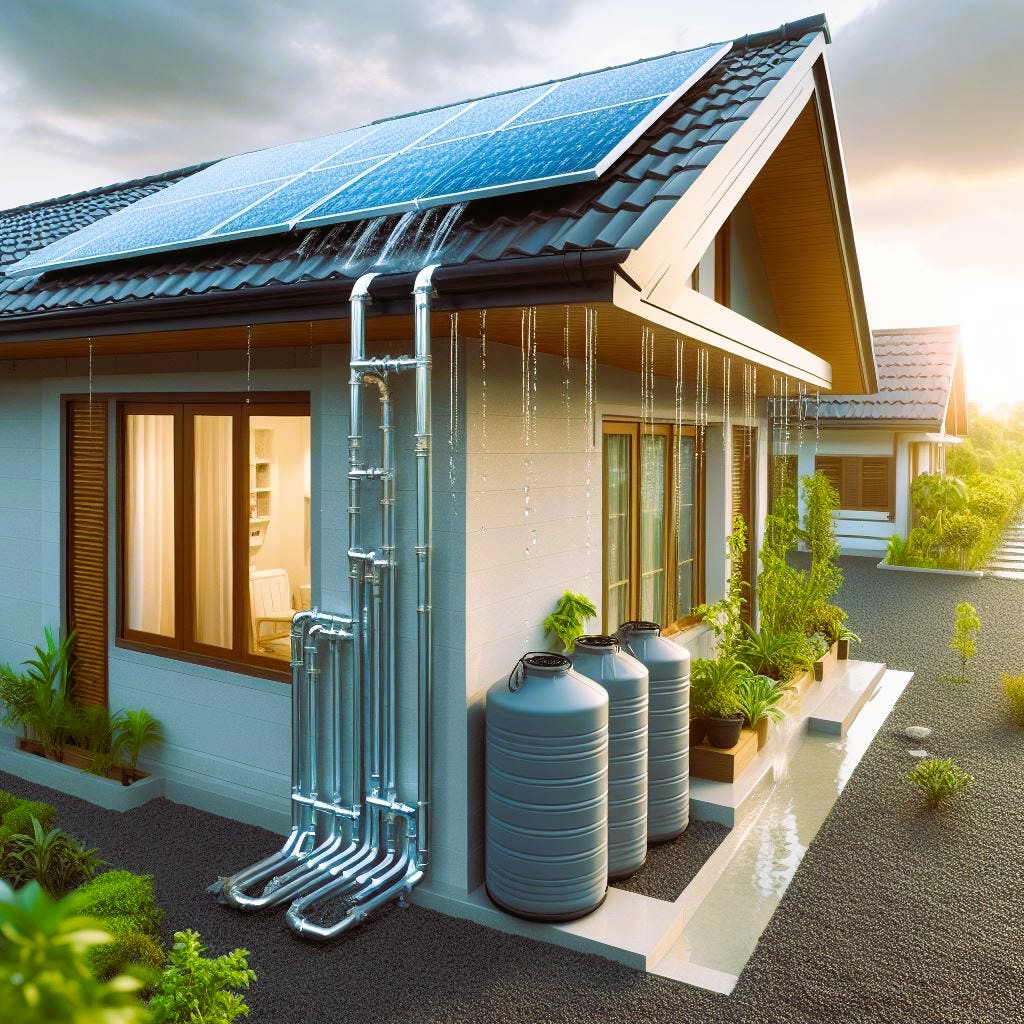In the pursuit of sustainable living, the practice of rainwater harvesting has emerged as a vital and environmentally conscious approach to water management. Harnessing the power of nature’s precipitation, this method offers a myriad of benefits for both individuals and communities. This article explores the principles, advantages, and best practices of rainwater harvesting, emphasizing its role in fostering sustainable water use.
The Essence of Rainwater Harvesting
Rainwater harvesting is the collection and storage of rainwater for later use. By capturing rain that falls on roofs, surfaces, or catchment areas, individuals can harness a valuable resource that can supplement traditional water sources. This practice aligns with the principles of sustainability, conservation, and resilience in water management.
1. Principles of Rainwater Harvesting
Collection Surfaces:
The primary step in rainwater harvesting involves identifying suitable collection surfaces. Common surfaces include rooftops, pavements, and specially designed catchment areas. These surfaces channel rainwater to collection points for storage and utilization.
Filtration and Storage:
Rainwater collected from surfaces may contain impurities. Filtration systems are integrated into harvesting setups to remove debris and contaminants. The filtered water is then stored in tanks, cisterns, or underground reservoirs for later use.
2. Advantages of Rainwater Harvesting
Sustainability:
Rainwater harvesting promotes sustainable water use by reducing reliance on traditional water sources. It lessens the demand on municipal water supplies, especially in regions prone to water scarcity.
Cost-Effective:
Implementing rainwater harvesting systems can be cost-effective in the long run. While there is an initial investment, the reduced dependency on external water sources can lead to long-term savings on water bills.
Mitigating Stormwater Runoff:
Harvesting rainwater helps prevent excessive stormwater runoff. This, in turn, minimizes the risk of flooding, soil erosion, and contamination of natural water bodies with pollutants carried by runoff.
3. Best Practices for Rainwater Harvesting
Regular Maintenance:
To ensure the efficiency of a rainwater harvesting system, regular maintenance is crucial. This includes cleaning gutters, checking filtration systems, and inspecting storage tanks for any signs of contamination. Virtual online consultation on home care, more details here.
Water Quality Testing:

Periodic testing of harvested rainwater for quality is recommended. This ensures that the stored water meets health and safety standards, especially if it is intended for purposes like drinking or irrigation.
The Role of Standardization in Rainwater Harvesting
Adhering to standardized practices is fundamental to the success of rainwater harvesting initiatives. Standards provide guidelines for system design, material quality, and water safety. For comprehensive information on rainwater harvesting standards in Canada, you can refer to Canada’s official website.
Canadian Rainwater Harvesting Standards
- Canadian Standards Association (CSA): CSA develops standards related to water management, including guidelines for the design and installation of rainwater harvesting systems. These standards ensure the safety and effectiveness of such systems.
- Canadian Environmental Assessment Agency (CEAA): CEAA provides environmental guidelines that may apply to rainwater harvesting projects. Compliance with these guidelines ensures minimal environmental impact and sustainability in the long term.
- Canadian Water Resources Association (CWRA): CWRA contributes to the development of best practices for water resource management, offering valuable insights for sustainable rainwater harvesting practices.
Conclusion
As global concerns about water scarcity and environmental impact intensify, embracing sustainable water management practices becomes imperative. Rainwater harvesting stands as a beacon of environmentally conscious water use, offering a tangible solution to communities and individuals seeking to reduce their ecological footprint.
By understanding the principles, advantages, and best practices of rainwater harvesting, individuals can contribute to a more sustainable water future. Let the echoes of rain be more than a transient sound; let them be the sustenance for a greener, more resilient world.


